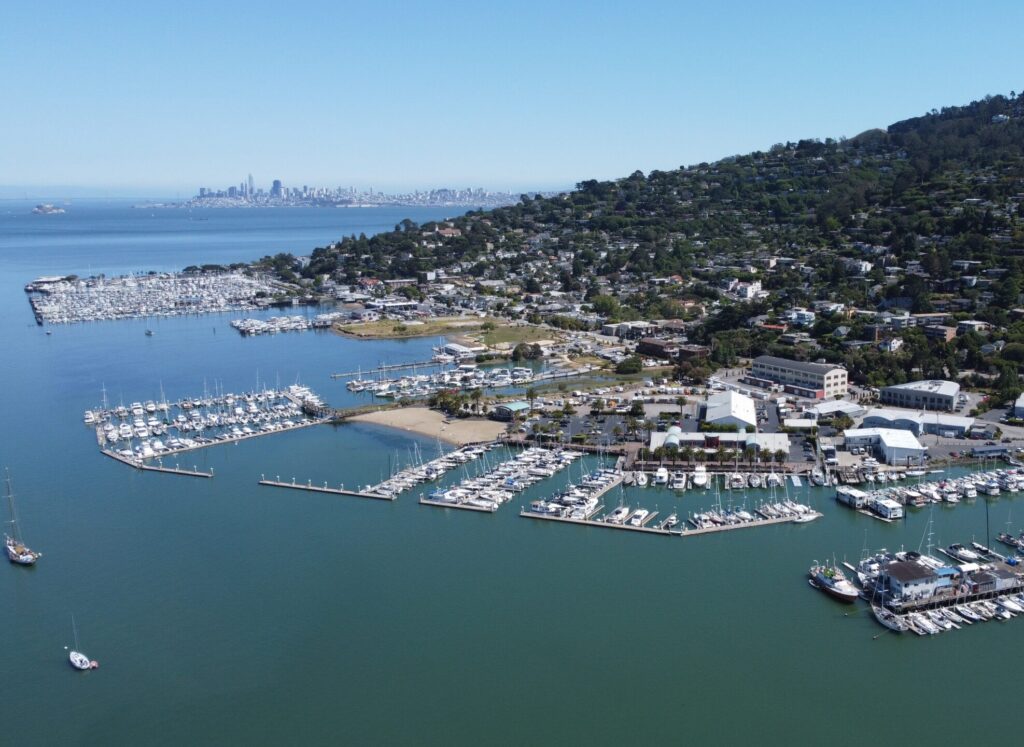Have questions or want to learn more about our solar solutions? Fill out the form below, and our team will get back to you soon.

We’ve gathered answers to some of the most common inquiries about our floating solar technology, installation process, and how it all works.
Floating solar PV (FPV) systems convert sunlight to electricity the same way land-based solar systems do and with the same conventional PV technology. The primary difference is that rather than mounting these PV panels on rooftops or the ground, FPV systems’ panels are mounted on food-grade plastic (HDPE) pontoons or floats which rest on top of reservoirs, ponds, and other inland freshwater bodies. These pontoons are combined into arrays sized according to a customer’s needs and other factors. These arrays are tethered to the shore or water body’s bottom using marine steel cables and anchors to ensure stability, and the whole system connects to the electricity grid and/or an on-shore battery through floating or submerged cables.
Floating solar is traditionally deployed on man-made water bodies, such as reservoirs and water treatment ponds. These environments are more controlled, allowing for cheaper installation and structure. However, FPV can be deployed in more extreme environments, such as Noria’s project at the Urra hydroelectric facility, which experiences 100-foot water level changes.
Floating solar systems are assembled using modular platforms onto which solar panels are mounted. These platforms are then securely anchored to the waterbed or shoreline, depending on site conditions. The modular design not only streamlines installation but also allows for easy expansion or reconfiguration over time, making it ideal for phased deployments.
Maintenance is minimal and efficient. Regular tasks include cleaning the panels, inspecting anchoring systems, and monitoring electrical performance, often via drone monitoring.
See how the City of Healdsburg met renewable goals with floating solar.